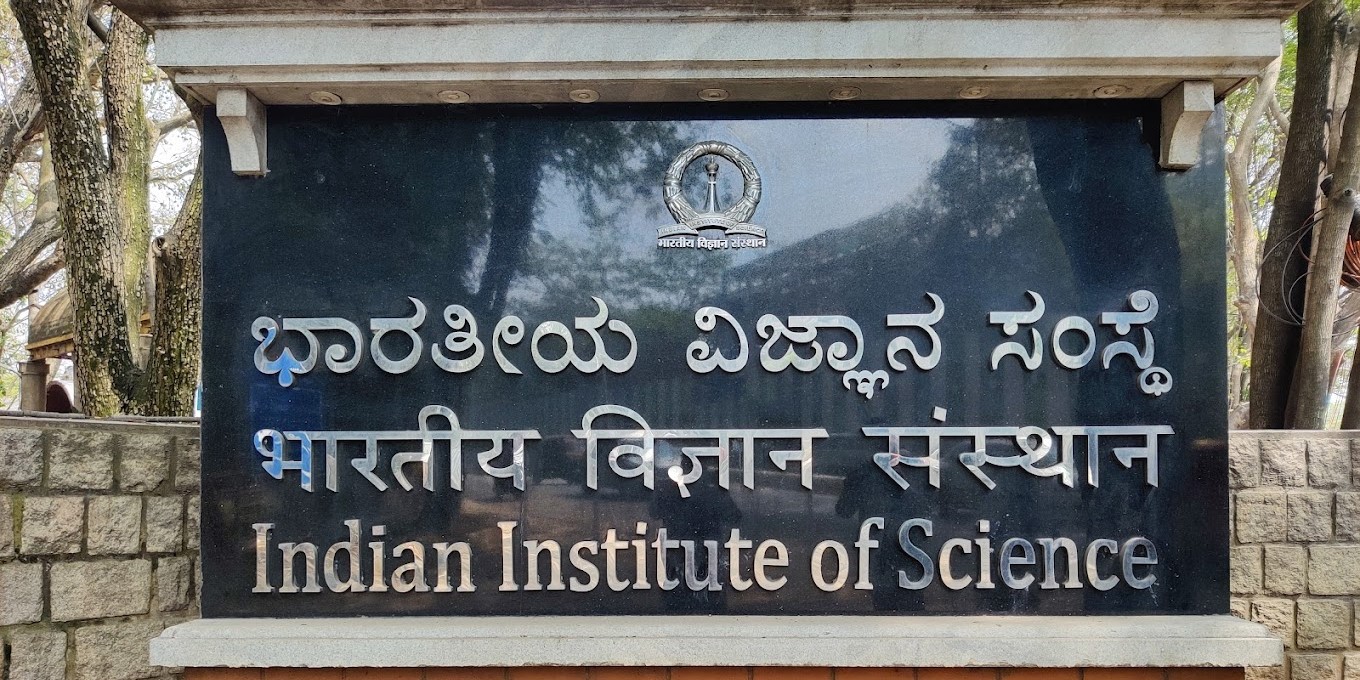Education policies, the delivery structure of universities, and the needs of the market must be in sync with our realities.

IISc Bengaluru. (Creative Commons)
Of the 91 Indian universities and educational institutions ranked in the just-released 2024 Times Higher Education (THE) World University Rankings, 51 are from the South.
Any joy is perfunctory. All the institutes, save one, are ranked between 500 and 1,500+. Saving the blushes, as usual, is the Indian Institute of Science (IISc), Bengaluru, though it got back into the global top 250 after slipping to the 251-300 band last time.
Rankings of any kind, undertaken globally, will be subjective. Considering the myriad variables across continents, economies, peoples, living standards, and education policies, it is impossible to avoid bias while assessing the annual shifts in the global education landscape.
Still, these rankings give us a broad idea of where we are with our higher education in our demographic zone.
The rankings judge universities by the standards of teaching, research, knowledge transfer, international outlook and gender ratio among students.
A university’s ability to help the industry with innovations, inventions, and consultancy helps in the rankings. They gauge research influence by the average number of times scholars globally cite a university’s published work.
The number of scholarly articles published in peer-reviewed journals gives the rankers a measure of the university’s research depth.
In these times of internationalisation of higher education, a university’s ability to attract international students carries much weight.
Where are our universities on these fronts? Research, again, is subjective. So, let’s use two parameters: Student gender ratio, and percentage of international students.
Of the 91 Indian institutions/universities that made it to the 2024 rankings, under a fourth have more girls than boys as students. The percentage of international students barely registers.
We need to define our educational environment. Today, a formulaic one-way process of immigrating to Western countries hijacks much of the South’s academic spirit.
Degrees in specialised institutions do not lead to research and doctorates; the students are willing to exchange their technical degrees for a paying job in the corporate world.
Instead of focusing on research, teaching methods and student-teacher ratios, government policies are still caught up in the reservation versus merit debate. Quantitative approaches get priority, like reducing the NEET-PG cut-off marks to zero to fill vacant college seats.
Our states must independently address the educational needs of students. Do we need a research-oriented, interdisciplinary or vocation-driven system? Government and industry surveys on employment and labour market trends should give out the markers and directions.
Treating education like an assembly-line platform does not help.
Global rankings do matter, but not more than our valuation of our institutions.

Apr 05, 2024

Feb 18, 2024

Dec 28, 2023

Dec 09, 2023

Nov 14, 2023

Nov 01, 2023